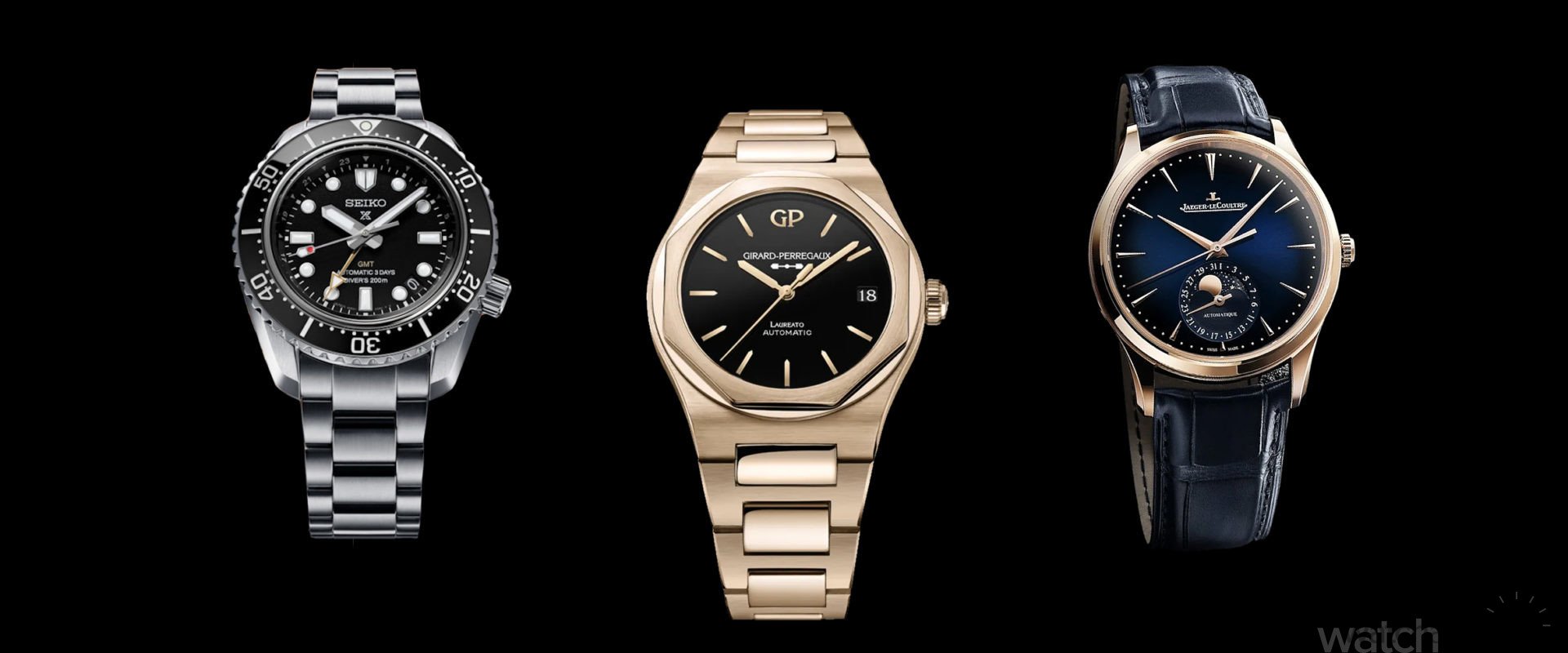Arguably, these are the two most common styles of timepieces in the world of horology. But which one is more suited for everyday wear?
The world of watches is not what it used to be. Today, we are offered a much more extensive variety when it comes to certain styles of timepieces, and often, for example, the difference between a sports watch and a dress watch can be a bit blurred. The basic concept of the two offers distinctive styles, one designed for more performance and durability, while the other is intended to be more elegant and luxurious. However, these styles can be intertwined with the timepieces we have on offer in the modern day. So, what makes for a better overall daily watch?
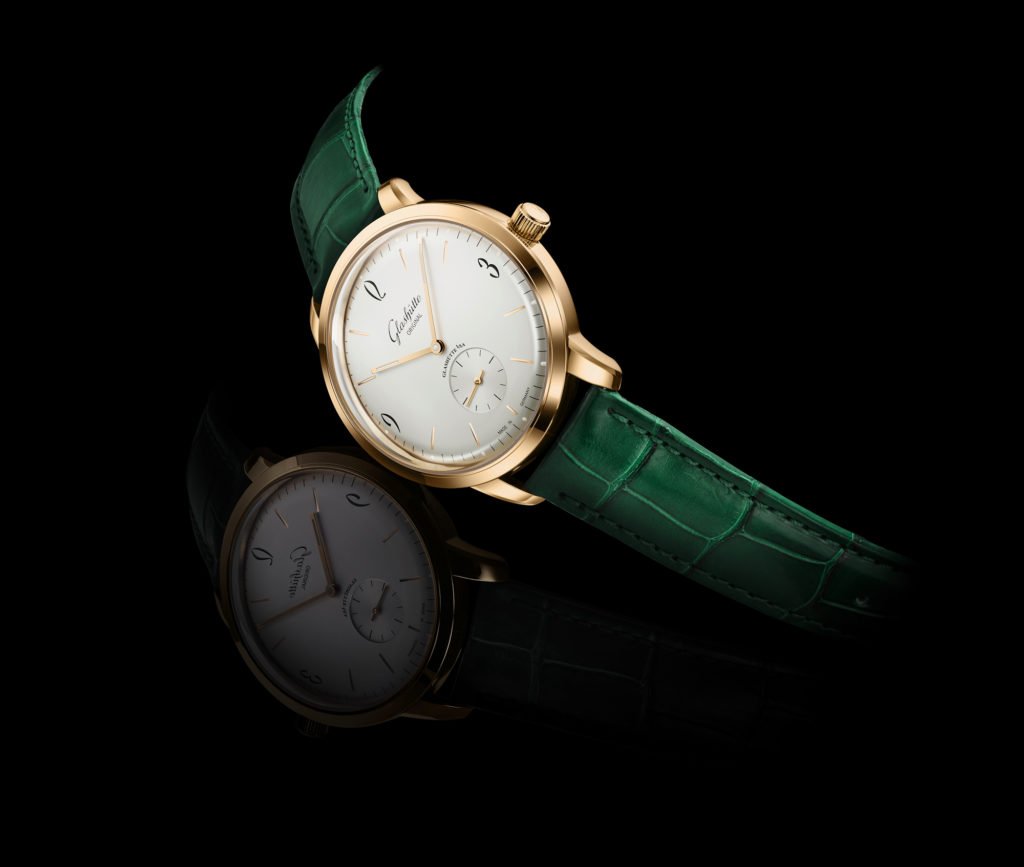
What is a Dress Watch?
Before we get into that, let’s first look at what sets these two styles apart. What constitutes a dress watch? The main two ingredients that I think many watch aficandoes would agree on is that the watch needs to be slimmer in stature and have an elegant design. A slim watch is where the thickness is small, which can be due to many different factors. The watch’s profile can be determined by the design of the sapphire glass on the dial side along with the case back, the movement thickness with its complications, the case size, and the distance between the lugs.
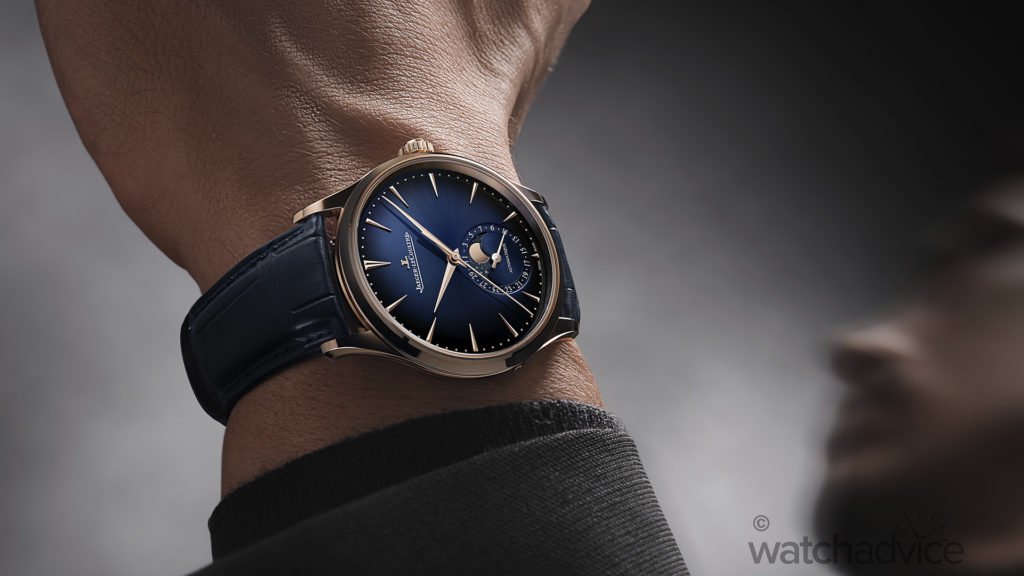
The movement thickness can play a role in the size of the case. Usually, the more complications the watch has, the more room is needed to fit these complications. The movement-thickness, however, doesn’t always dictate a watch’s overall thickness. For example, take a dive watch. Most diver watches come with a simple 3-hand display with/without a date feature. However, due to the thickness of the bezel, the overall thickness of the case needs to withstand deep water pressures, leading to the overall thickness of the watch case creeping into the larger numbers. This is another factor that’s considered part of a dress watch. Although not set in stone, a dress watch usually has water resistance around the 30m (3 ATM) mark, which means it can survive the water from running taps and rain, not something you’d go swimming with or wear in the shower.
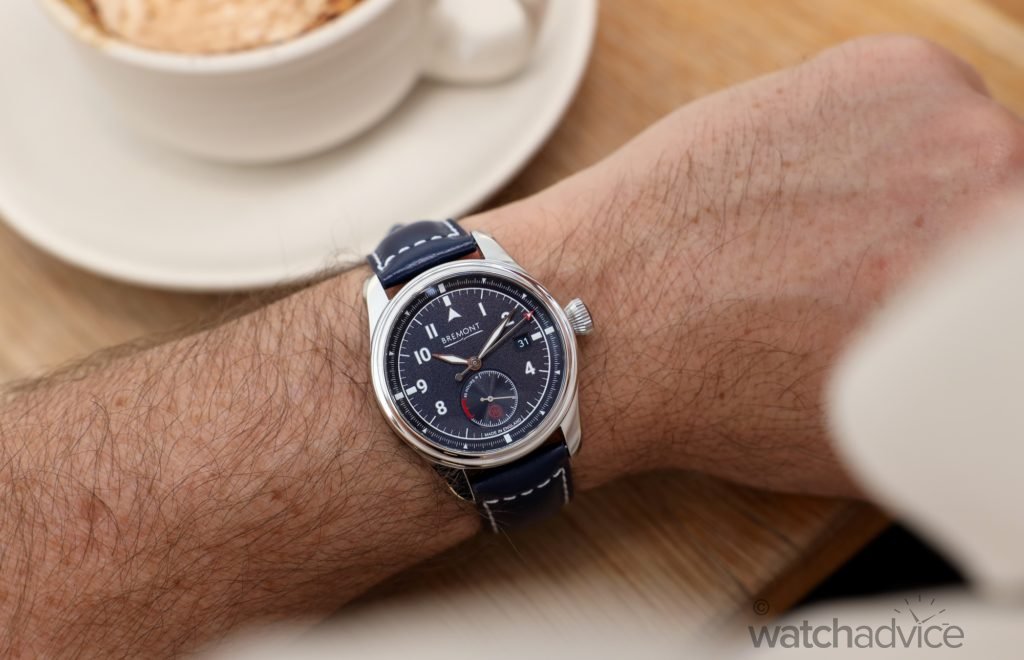
Dress watches are considered minimalistic in appearance, showing just the time, which makes for the ideal timepiece to wear for formal occasions. However, we may also get added complications such as date window, moon phase, separate seconds counter, annual calendars etc. A thin timepiece sits in the 6-8mm category, while standard size is between 8-12mm and anything over 12mm is considered thick. Due to dress watches having a more elegant and luxurious design, the watches can also come in a range of precious metals such as 18k Rose gold and gold, titanium, and platinum.
The case size also makes a difference in how thick a timepiece becomes. Large case sizes (40mm +) will have a larger case thickness than timepieces of sizes 39-37mm. A dress watch is also usually considered to be smaller in size. They are elegant in design and don’t generally stand out. Dress watches also, from the traditional sense, come in leather straps. However, this is where the lines get blurred in the modern age, but we’ll touch on that more later.
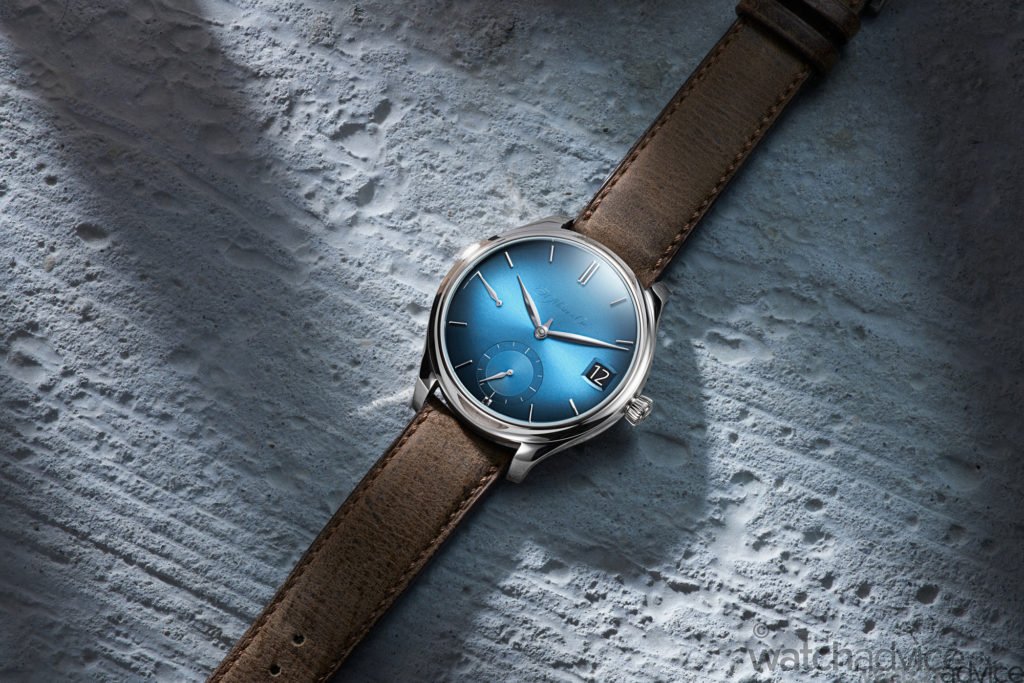
What is a Sports Watch?
With the many factors that go into what’s considered a dress watch, it already paints a picture of whether or not they should be a daily timepiece. Let’s now look at what makes up a sports watch. Sports timepieces come in a variety of designs and complications. The most common features of a mechanical sports watch are high levels of water resistance (100m+), a rotatable bezel and sub-counters.
A sports watch tells more than just the time. They have been designed with the intended use of diving, racing, flying, etc. With the added complications and bezel, the sports timepiece is thicker when compared to the dress watch. Sports timepieces are also notably presented on a steel bracelet with leather and rubber straps as additional options.
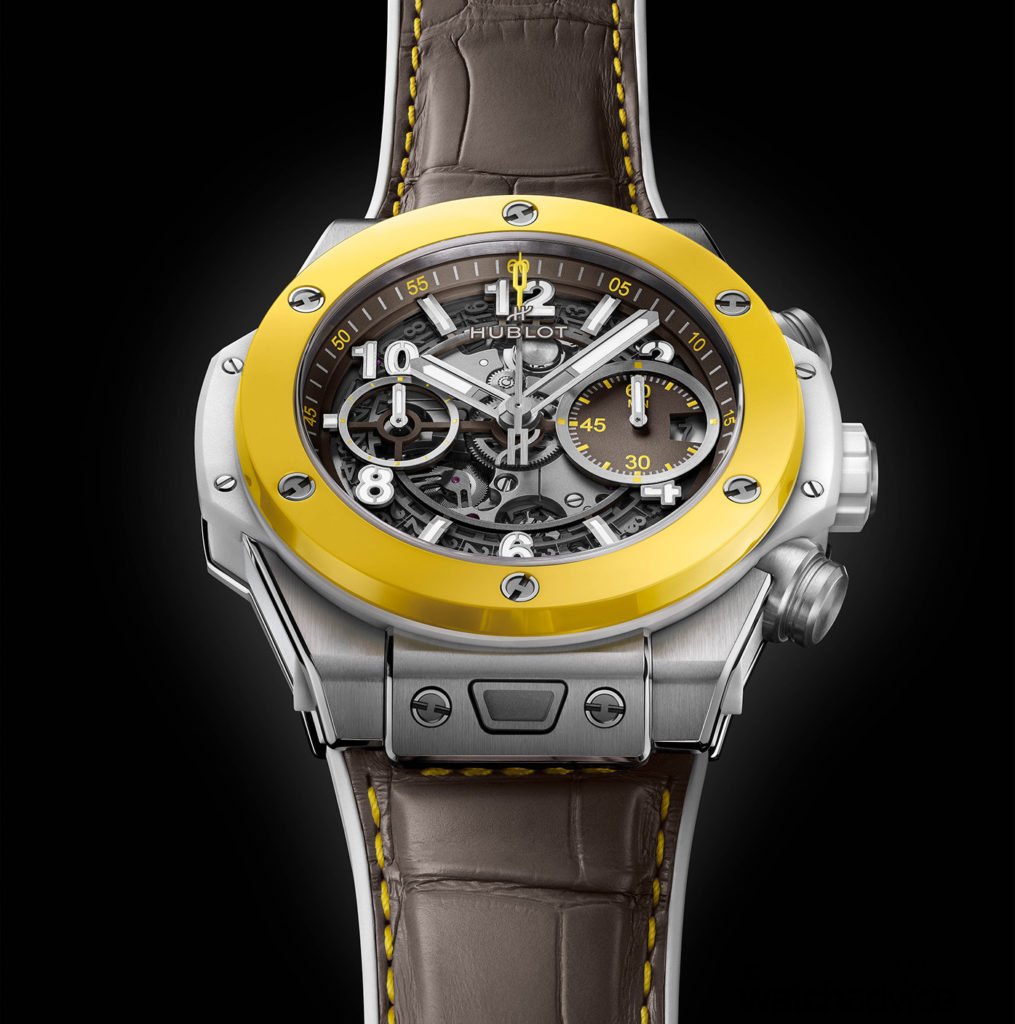
Now that we have a clear picture of what makes up the two different styles, it can be easier to decide what timepiece to wear on the daily or what to go out and look for if you’re in the market for a new daily watch. However, there’s more to these two styles than what we’ve just described. Sometimes, the line between a dress watch and a sports watch can be blurred.
For example, some elegantly designed timepieces come on steel bracelets. Take the more affordable luxury watch, the Tissot PRX. While many wouldn’t consider this a dress watch in the traditional sense, it certainly has the right characteristics besides the integrated stainless steel bracelet. I have a PRX, and I wear it out quite often to more formal occasions and functions, the exact intended use for a dress timepiece.
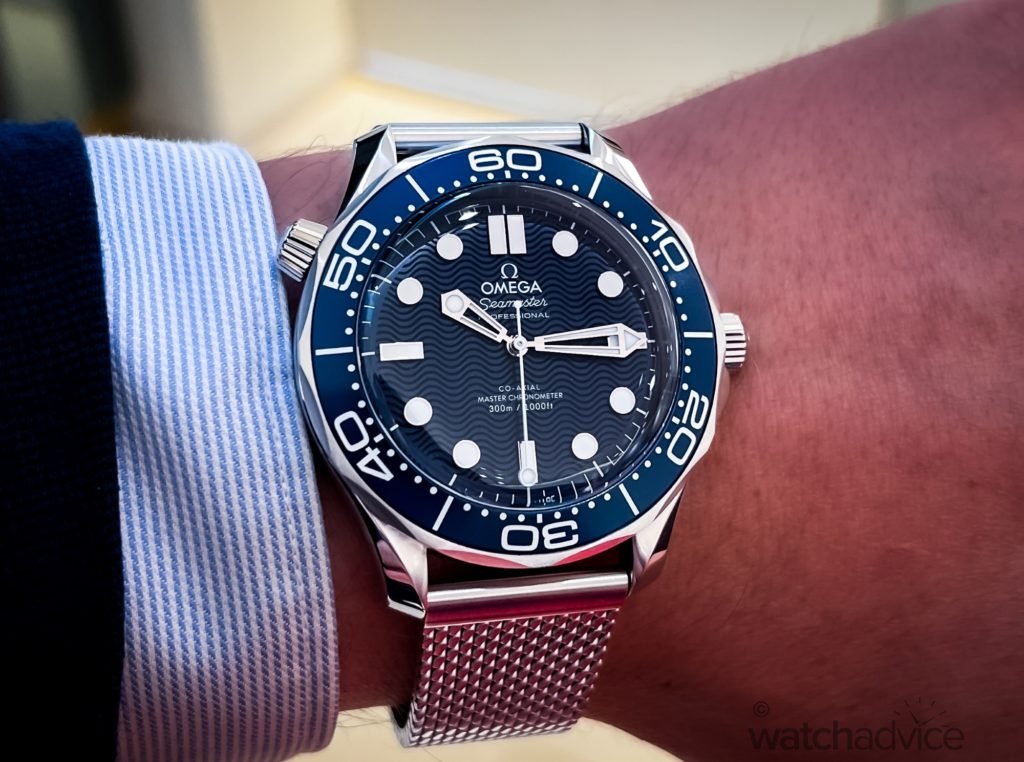
Then, on the other hand, we have the sports timepieces that are often—worn with formal attire as well. The most famous example would be James Bond and his Omega Seamaster, which he often pairs with a suit. Rolex’s GMT Master’s (Batman & Pepsi) can also be considered dress watches, especially on a jubilee bracelet which makes them more dressy, and while all the ingredients that make a dress watch don’t fit these timepieces, many people wear them with their suits to more formal occasions and functions.
So, as we can see, while there is a more traditional sense of what makes a dress watch and what’s considered a sports watch, we also need to factor in personal tastes and opinions. However, this article isn’t just about what makes a dress or sports watch. I feel that with the above insight, we can make a better-informed decision about what makes a great daily watch.
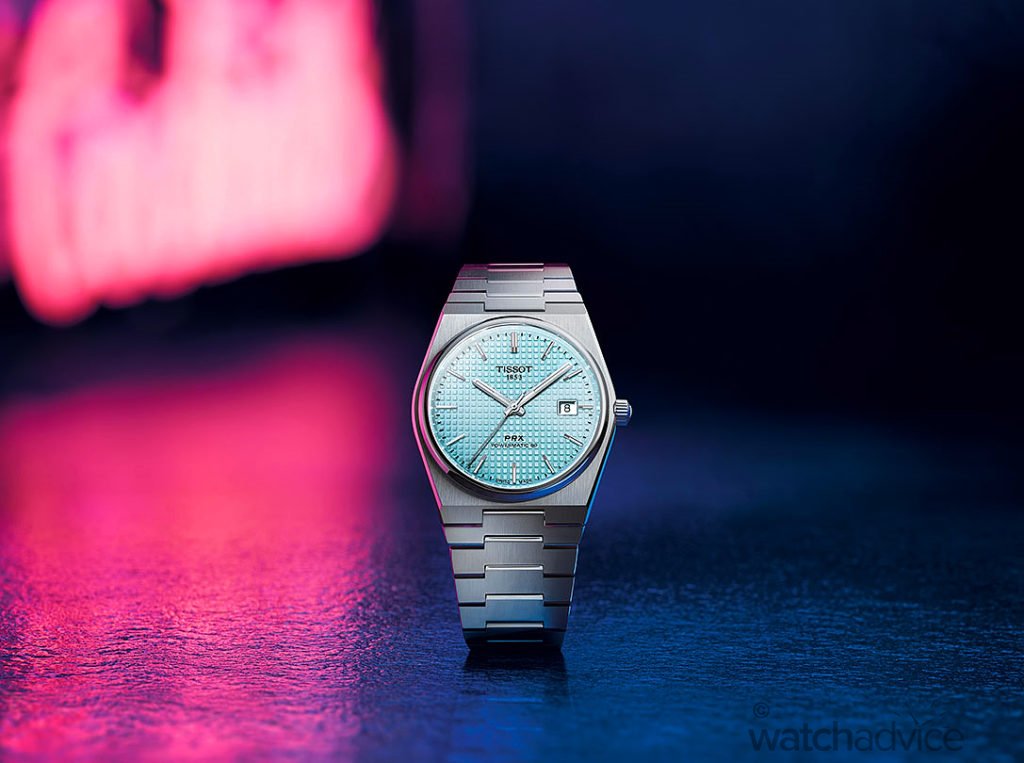
Take my Tissot PRX Powermatic in Ice Blue, for example. While it’s a tremendously elegant, affordable luxury timepiece with the right proportions (for my taste), it’s not something I would consider wearing on a daily basis. The bracelet, as beautiful as it is due to its immense shine, can be scratched easily. Also, a dress watch with its traditional characteristics (slim profile, leather band, low water resistance) wouldn’t be ideal for everyday wear. Especially if you live in scorching climates like we do in Australia, the leather band would wear out quite quickly due to sweat.
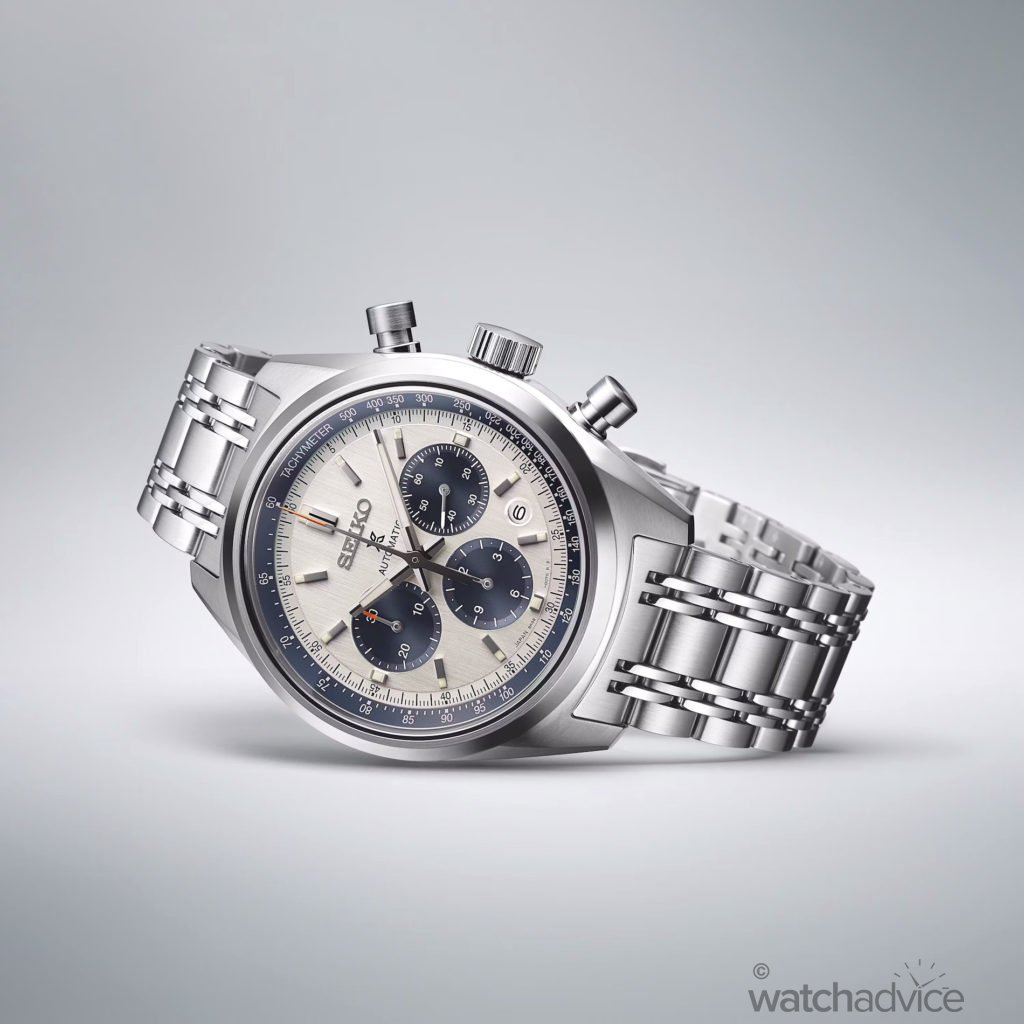
On the other hand, sports models would fare better given the conditions. If steel bracelets on an everyday watch aren’t for your liking, they can easily be swapped out for a rubber strap for more comfortable wear. The same cannot be said for a dress watch. While the thickness of the sports model can be an issue, most of these pieces fall into the standard thickness of 8-12mm. Take the Rolex GMT Master II as an example; it is a great everyday timepiece. The watch’s thickness is 12.1mm; however, it doesn’t feel that big due to the case’s size proportions.
While it’s down to personal opinion what you want to wear and see as a daily watch, I feel that as described above, the sports watch makes for a better all-round daily companion. For white-collar workers, wearing leather dress watches will be ideal as it will compliment their more formal attire nicely; however, certain sports watches can do this job well, too. Sports timepieces also come in a variety of designs, as can be seen throughout this article. You can quite easily make certain sports timepieces into a dress watch just by equipping it with a leather strap. Dress watches still have their place, however, as they are still the ideal watch for formal occasions, just maybe not as an everyday timepiece.


